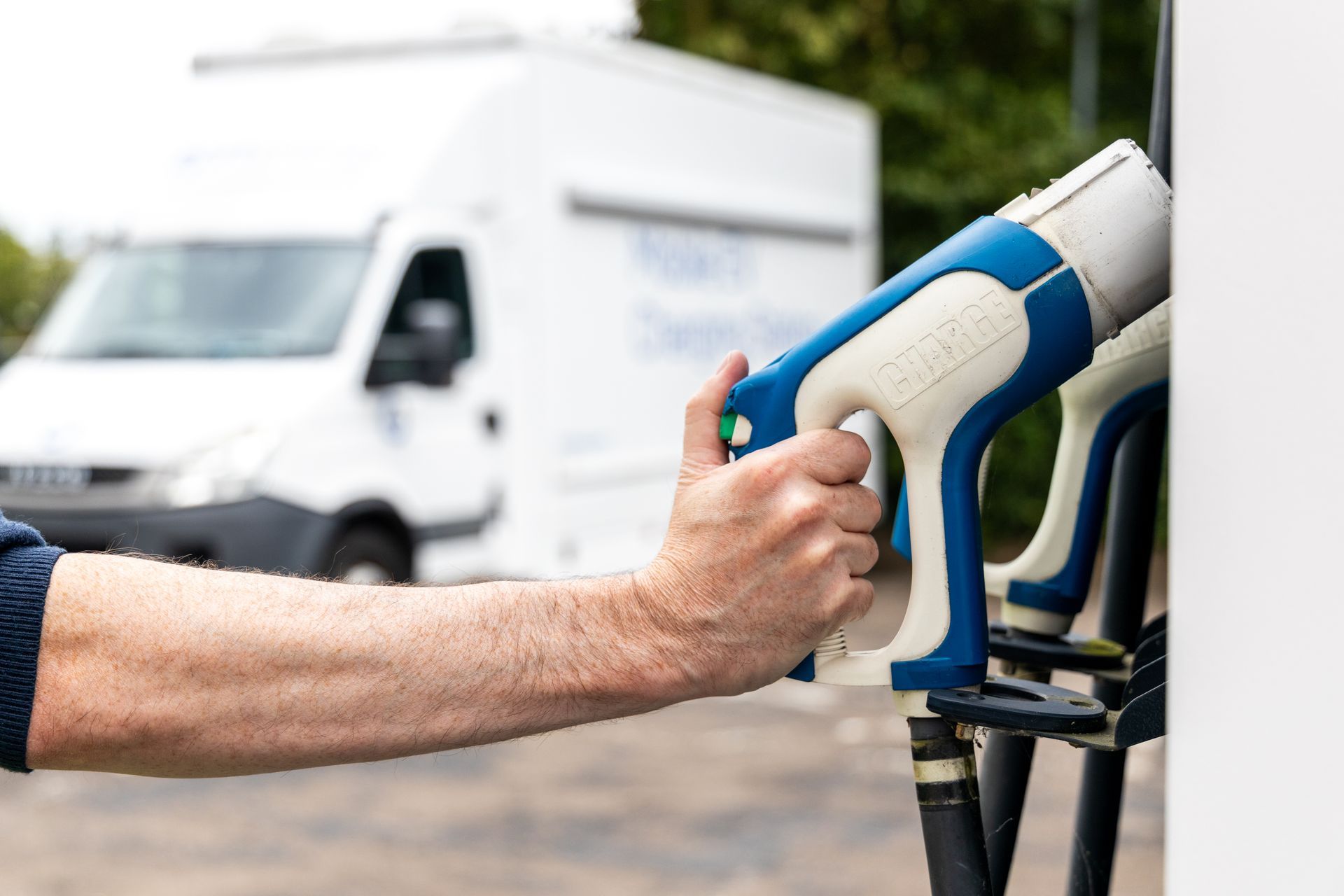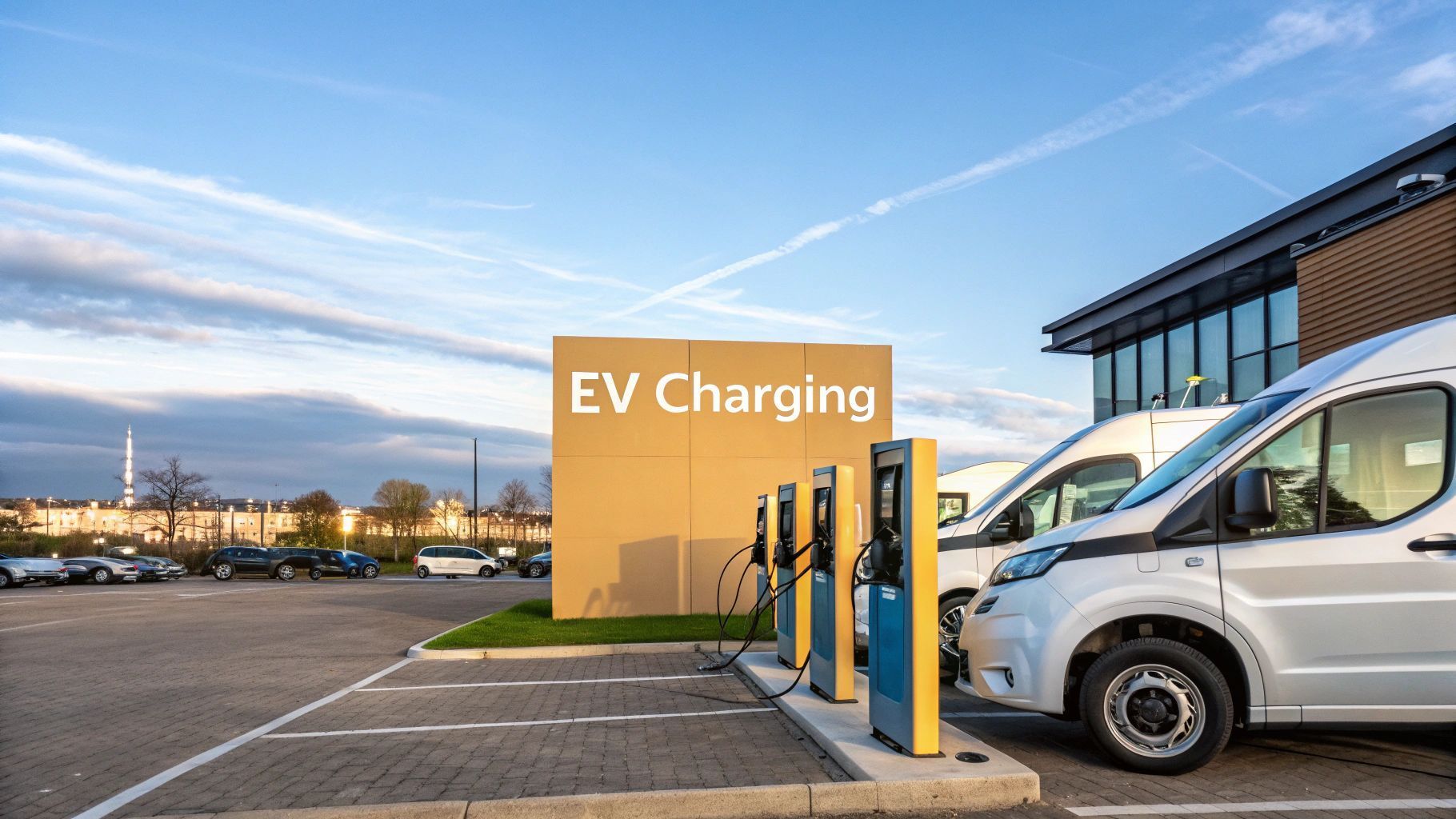How ZAPME is Supporting Electric Public Transportation
The Role of Mobile EV Charging in Advancing Clean, Efficient Urban Mobility

As the UK accelerates its transition towards low-emission transport, electric public transportation is becoming a central part of future mobility planning. Electric buses, shuttles and shared transport systems are being adopted by cities and regions to reduce air pollution, lower carbon emissions and improve public health. However, as fleets grow, so does the demand for accessible and adaptable charging infrastructure. ZAPME is addressing this need with an innovative mobile EV charging solution tailored to support the operational realities of electric public transport.
Challenges Facing Electric Public Transport Infrastructure
The electrification of public transport presents multiple technical and logistical challenges. Depot based charging stations, while effective, are often expensive and require lengthy installation times. Grid limitations can also restrict how many vehicles can be charged simultaneously, especially in densely populated or infrastructure constrained areas.
In addition, many electric bus routes include stops or layovers at remote or less developed locations, where charging infrastructure is either limited or completely absent. These issues make it difficult to maintain consistent service levels without strategic energy support.
Operational flexibility is critical. Transport operators must adapt to route changes, seasonal demands and unplanned disruptions without risking vehicle downtime. This is where ZAPME’s mobile charging technology offers a practical advantage.
ZAPME’s Contribution to Electric Public Transport
ZAPME delivers mobile EV charging systems that are purpose built for flexible deployment. Housed within electric vans and battery storage units, these systems can be transported directly to where they are needed most. The technology is independent from the fixed grid and can function entirely off-grid, powered by renewable energy and intelligent load balancing.
Key features of ZAPME’s system that benefit public transport operators include:
- Flexible Deployment
Mobile chargers can be delivered to depots, layover points or temporary hubs, providing critical power wherever vehicles stop or rest. This supports route continuity and enables decentralised charging strategies. - Scalable for Growing Fleets
As electric bus networks expand, ZAPME’s modular systems allow for additional units to be added without significant infrastructure upgrades. - Reduced Infrastructure Costs
By avoiding permanent installations, transport authorities can reduce capital expenditure while still meeting energy demands during key operational hours. - Support During Grid Disruptions
In the event of power outages or grid overloads, ZAPME’s off-grid capability ensures continuity of service without compromising environmental goals. - Smart Monitoring and Load Management
Real time insights into energy usage, charge duration and demand patterns allow operators to optimise charging schedules and reduce operational waste.
Enabling Transport in Remote and Underserved Areas
One of the greatest barriers to electric public transport in rural or peri-urban areas is the lack of reliable charging options. ZAPME’s mobile infrastructure bridges this gap, allowing for transport services to be electrified even in regions with minimal existing support.
This unlocks sustainable mobility in areas that are often overlooked in central infrastructure plans. It also opens the door to pilot schemes, event-specific transport, or seasonal services that would otherwise rely on conventional fuels.
Complementing Fixed Infrastructure
Rather than replacing permanent charging stations, ZAPME’s solution complements them. Mobile chargers provide flexibility during periods of high demand, during depot maintenance or when fleets are expanded ahead of schedule. They also serve as temporary infrastructure while long term installations are being developed, tested or approved.
By integrating mobile charging into their operational plans, public transport providers can ensure continuity of service, reduce downtime and maintain service quality across all routes.
Supporting Broader Urban Sustainability Goals
Electric public transport contributes significantly to city level decarbonisation targets. It reduces urban noise, improves air quality and supports more sustainable transport planning. For local councils and transport authorities, working with flexible infrastructure providers like ZAPME supports these goals without the delays and costs of major infrastructure projects.
There is also a growing focus on circular energy systems. ZAPME’s units support vehicle to grid functionality, allowing excess stored energy to be returned to the grid or redirected to nearby services. This creates a more resilient, interconnected approach to urban energy use, aligning with smart city strategies across the UK.
Conclusion
ZAPME is playing an increasingly vital role in enabling the shift to electric public transport through its mobile EV charging solutions. By offering reliable, scalable and environmentally responsible charging infrastructure, it supports transport operators in delivering consistent service while accelerating the UK's move towards cleaner cities.
With electric transport now a priority for urban development, the ability to deploy power quickly and intelligently is no longer optional. ZAPME’s flexible approach meets this need head on, positioning it as a valuable component of the future public mobility ecosystem.











